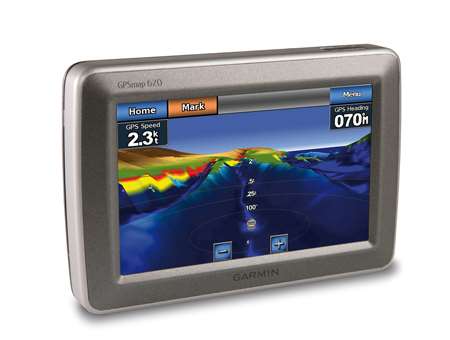


For a more in-depth explanation of mining, check out Investopedia’s explanation.Įach, now validated, group of transactions are then added to the ledger making a chain which shows the transaction history updating the entire blockchain so every single ledger in the network is uniform. Mining is intentionally designed to be difficult and time consuming to provide a higher degree of security to the system through incentive. Miners will then compete to validate transactions in exchange for rewards, for example Bitcoins in the Bitcoin blockchain. When a new transaction is made, it is then grouped with other transactions that have been made in the last 10 minutes and distributed across the network. Rather than having a centralised body, like a bank or government, the ledger is part of a network of identical ledgers which are synchronised and readable by any members of the network in question. While Bitcoin itself has become increasingly well known, it is the technology behind it, blockchain, that has far greater implications in the future and will transform the global economy.īlockchain is a global, decentralised ledger that keeps a record of every digital transaction that has taken place. Bitcoins global expansion has meant Nakamoto is now estimated to be worth $700m Nakamoto published a white paper titled “Bitcoin: A Peer-Peer Electronic Cash System” on The Cryptography Mailing list at in October 2008 which detailed a revolutionary cash system that enabled online payments to be made directly, without the need for a middle man.

It is the technology underpinning these currencies that looks set to revolutionise the way we make transactions.īitcoin was first conceptualised by an unknown person(s) under the pseudonym Satoshi Nakamoto.

Digital cryptocurrencies have become increasingly popular in recent years but, yet, haven’t replaced its more traditional counterparts in the world of finance.


 0 kommentar(er)
0 kommentar(er)
